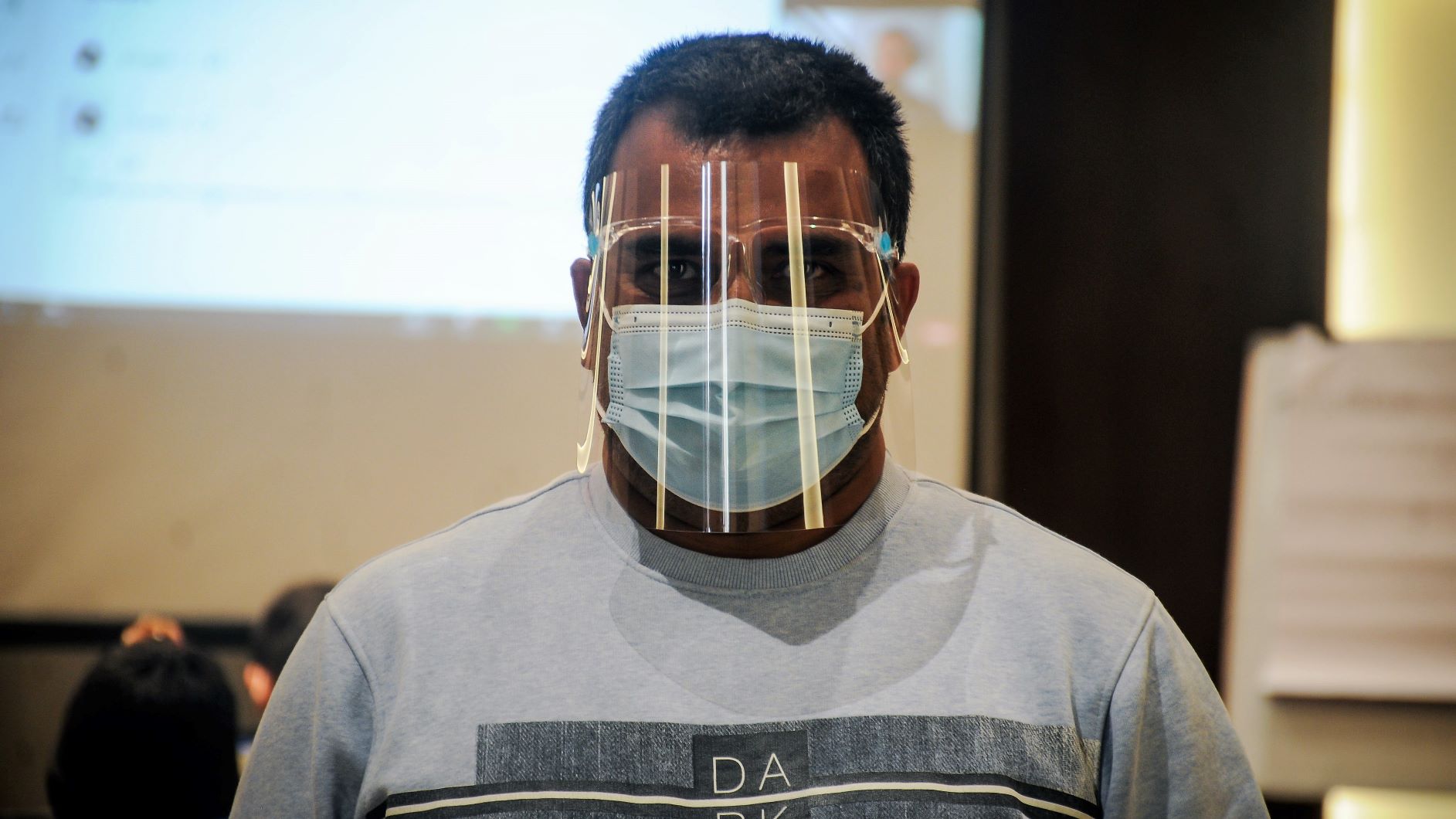Finally, I watched Highway!
Let me begin with a disclosure: I’m a longtime friend of Deepak Rauniyar, the director/producer of Highway. I was not invited to the premier show or private show of the movie. I have donated USD 5 at Kickstarter for Highway and promoted it via my blog and twitter during its production. And, a statement: I have tried to be fair with my writing here (with knowledge gained during my cinematography training in 1992 in Kathmandu and 2011 in Koln; a year of film reporting/reviewing in 1995 in Kathmandu; and a little bit of film studies in 2010 in Oslo).
Is the movie good?
The answer depends on with which movies you compare. If it’s to be compared with mainstream Indian or American movies, it lacks many things. If you compare it with mainstream Nepali movies on the aspect of enjoyment, it’s probably not very good.
For me, the movie stands out as a very good one on its aesthetics, creativity and treatment even though it lacks a little when it comes to ‘entertainment’, ‘established norms’ of story-telling and editing.
Do I recommend watching the movie?
Absolutely yes. But do not expect a great mainstream movie with all the spices (dancing and fights) rather expect a creative art of filmmaking that you may or may not like; a complex story telling that you may find difficult to comprehend with; a ‘jump-cut’ editing that you may find confusing at some points; and open-ends that keeps you guessing what happened.
And, also I recommend watching this movie so that we all can think over film-making in Nepal. This is a good movie (in a ‘critically acclaimed’ way) – and it had proved it by being selected to the Berlin Film Festival (do you think it would have been selected if it was a bad movie?)
What I didn’t like in the movie?
After watching earlier two movies that Deepak had directed, I suggested him to give some time and space for audience to breath so that emotions on screen trickles down to heart. He hasn’t given a thought on that and the movie is very ‘tight’ – the scenes changes so fast that as an audience I feel I have no time to think over what’s happening (and sometimes it looks very unnatural).
I also didn’t like ‘jump-cut editing’ at various points – especially during the fight between Rabindra Mishra and his wife. As others, I agree that the entire episode of Mishra’s life could have been safely removed from the film and it wouldn’t have affected the film much.
I also didn’t like the way the song establishing Richa Sharma as a dance-girl finishes half-way. If there is a song (and story demands it rightly), why not play it completely.
What I like about the movie?
The creativity in story-telling, cinematography, and most importantly the acting! The aesthetics backed by some beautiful cinematography! The space for imagination for audience! The intriguing storyline (a little difficult to comprehend but nevertheless reflecting the reality of lives of people). And, yes, the movie as a whole.
And, some of beautiful creative shots: the change of camera angle during the car accident; the confusion of Radhika on the road and the final sequence where the Lahure meets Radhika at the hospital.
And, I have always been irritated by Nepali spoken in some of Nepali movies that do not sound like natural way of speaking. The dialogues in Highway seems natural – and the acting of actors are of high standard compared to many Nepali movies.
Final Words: A good movie backed by very high hype during which the word ‘alternative’ / ‘Nepali movie’ went missing, and people expected a grand, grand movie. A new taste for most of us thus our natural reaction after ‘The End’ is ‘hey, how come it finished’!

